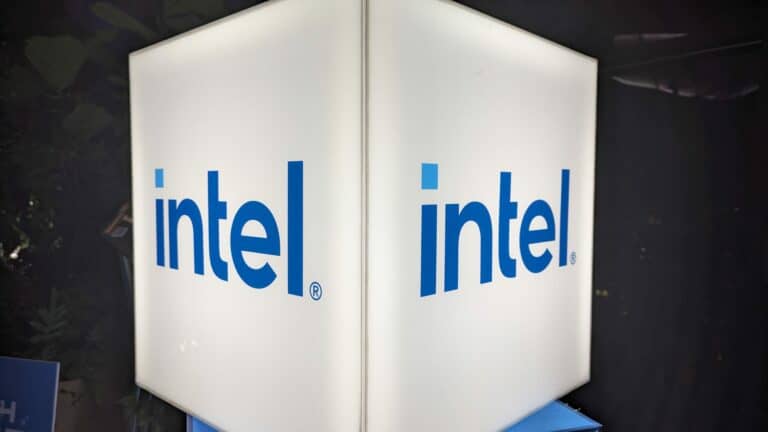Intel is in the midst of a strategic repositioning. This became apparent last week when the company announced it would lay off 24,000 employees and halt construction of factories in Europe. It now appears that the company is also considering discontinuing its foundry division.
This was revealed in a statement sent by Intel to the US Securities and Exchange Commission (SEC). It is clear that the company is taking a critical look at how and where it is investing capital for future technology development. A central part of this change of course is the approach to Intel 14A, the next generation of semiconductor process technology, and the larger context of Intel Foundry, the foundry division through which the company also offers its production capacity to external customers.
Intel acknowledges in the statement that the development of advanced nodes such as Intel 14A is extremely risky and capital-intensive. For this reason, the company has announced that it will only invest in technology and factories if there is a prospect of an acceptable return. In concrete terms, this means that investments in new nodes or production facilities will be contingent on securing sufficient external customers and achieving specific commercial milestones.
No major customers yet
The pressure is high for 14A. This node is the successor to Intel 18A and 18A-P, which are currently under development. Although the first products on 18A are expected by the end of 2025, no major external foundry customer has yet been found for Intel 14A. Without such a customer, the manufacturer risks pausing or even completely halting the development and production of this technology. The impact would be significant. It could lead to the scaling back of expansion projects, such as the new factories in Ohio, and the loss of billions in investments, both in equipment and personnel.
The uncertainty surrounding Intel 14A also affects Intel Foundry’s broader ambitions. The company is positioning itself as a competitive player in the foundry services market, which is currently dominated by TSMC and Samsung. However, it has not yet succeeded in attracting major external customers. If Intel discontinues the development of advanced nodes such as 14A, there is a risk that potential customers will lose confidence and be unwilling to invest in the Intel Foundry ecosystem.
Key role for Lip-Bu Tan
The chip manufacturer’s new CEO, Lip-Bu Tan, plays a key role in this. He has indicated that he will personally review all chip designs and investments and cites close cooperation with customers as essential to the success of Intel 14A. According to him, this involvement was insufficient in previous generations, and he sees early customer interaction with 14A as a way to correct past mistakes. He emphasizes that future investments in 14A will be made solely on the basis of confirmed customer commitments. According to him, Intel wants to build what customers need, when they need it, and win their trust through consistent execution.
In addition, strategic partnerships with investment partners are at risk. In recent years, Intel has entered into so-called SCIP deals with Brookfield and Apollo, among others, to finance factory expansions in Arizona and Ireland. If the plans for 14A change, this could lead to a breach of contractual obligations and, as a result, penalties or other financial consequences.
Government support may also come under pressure. In 2024, the manufacturer signed an agreement with the US Department of Commerce for $7.9 billion in subsidies. Such arrangements are often linked to specific technological goals. Discontinuing the development of Intel 14A could mean that Intel no longer meets the conditions and therefore has to repay subsidies.
Dependence on third parties
The chip manufacturer remains committed to completing Intel 18A and 18A-P for the time being. If Intel 14A is not pursued, the company expects that the majority of products will be manufactured on these existing nodes until at least 2030. At the same time, Intel is keeping open the option of having future high-performance products manufactured at external foundries. This makes Intel increasingly dependent on parties such as TSMC, without any long-term contracts in place.
The coming period will be crucial for the foundry division. The success or failure of Intel 14A will determine Intel’s future prospects as a foundry provider, the company says. Without leading nodes and external customers, the entire initiative risks losing momentum, with consequences for investments, customer relationships, and Intel’s position in the global semiconductor market.
